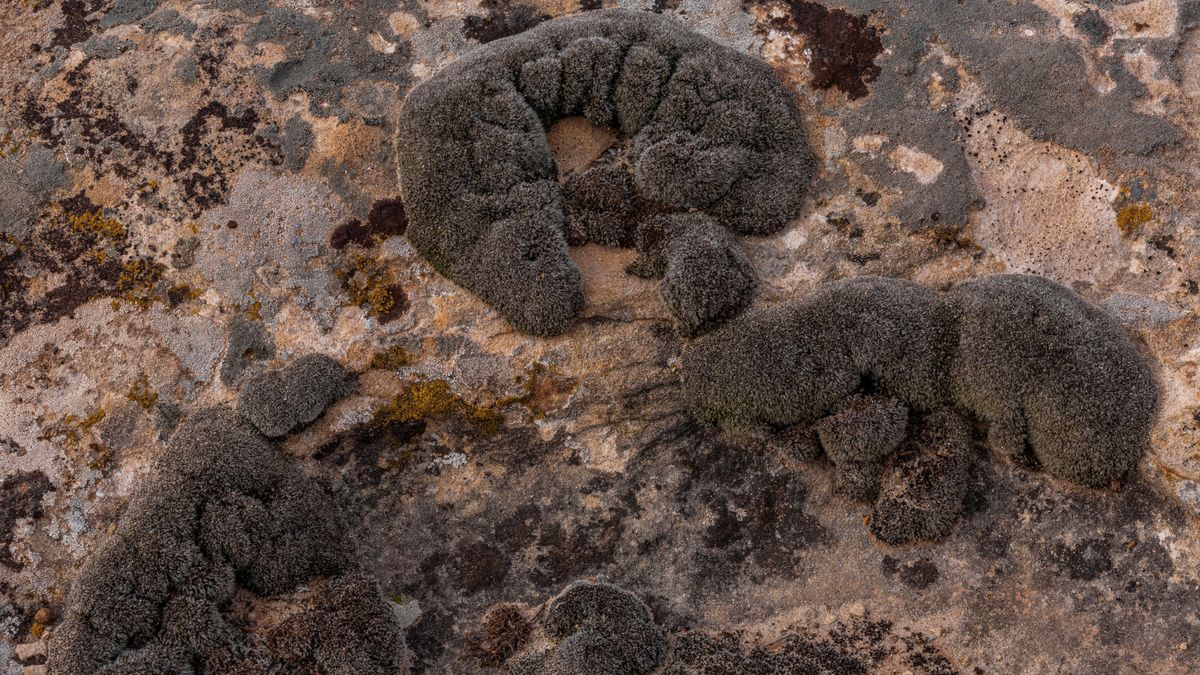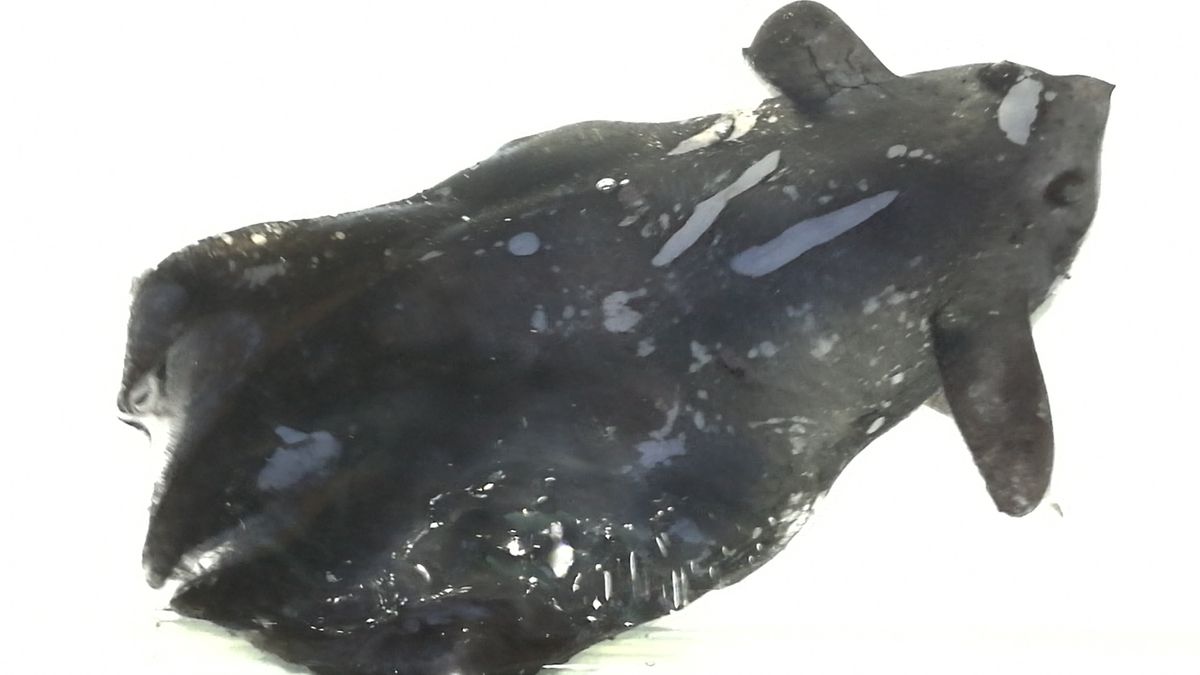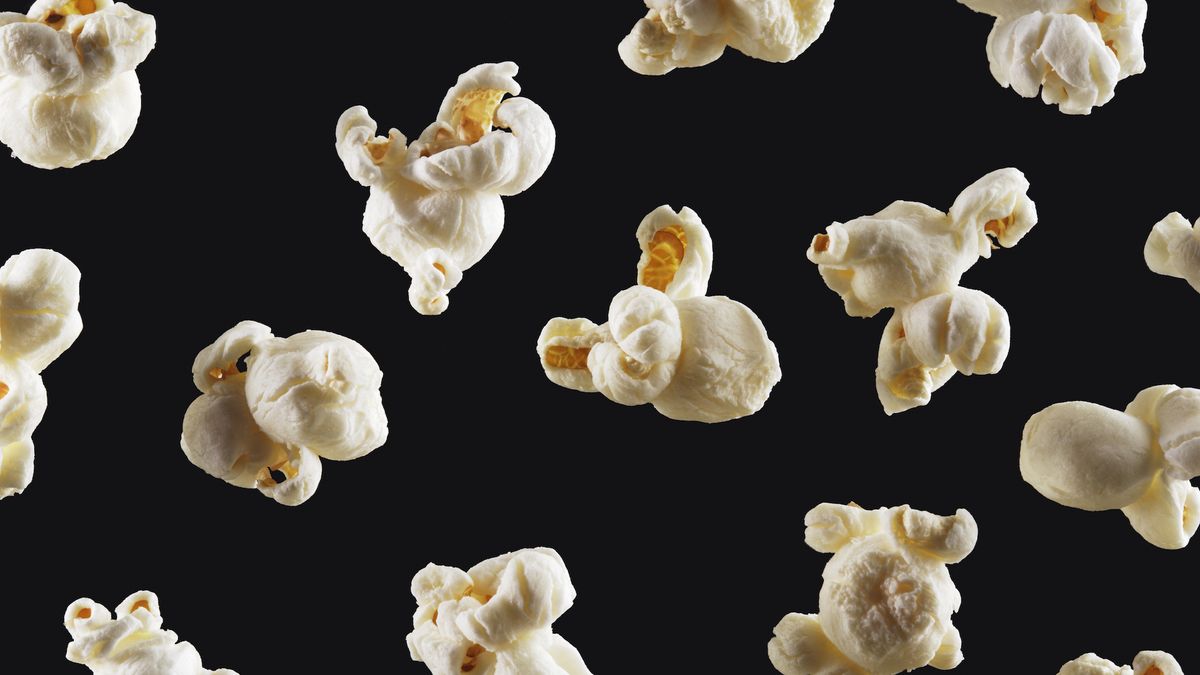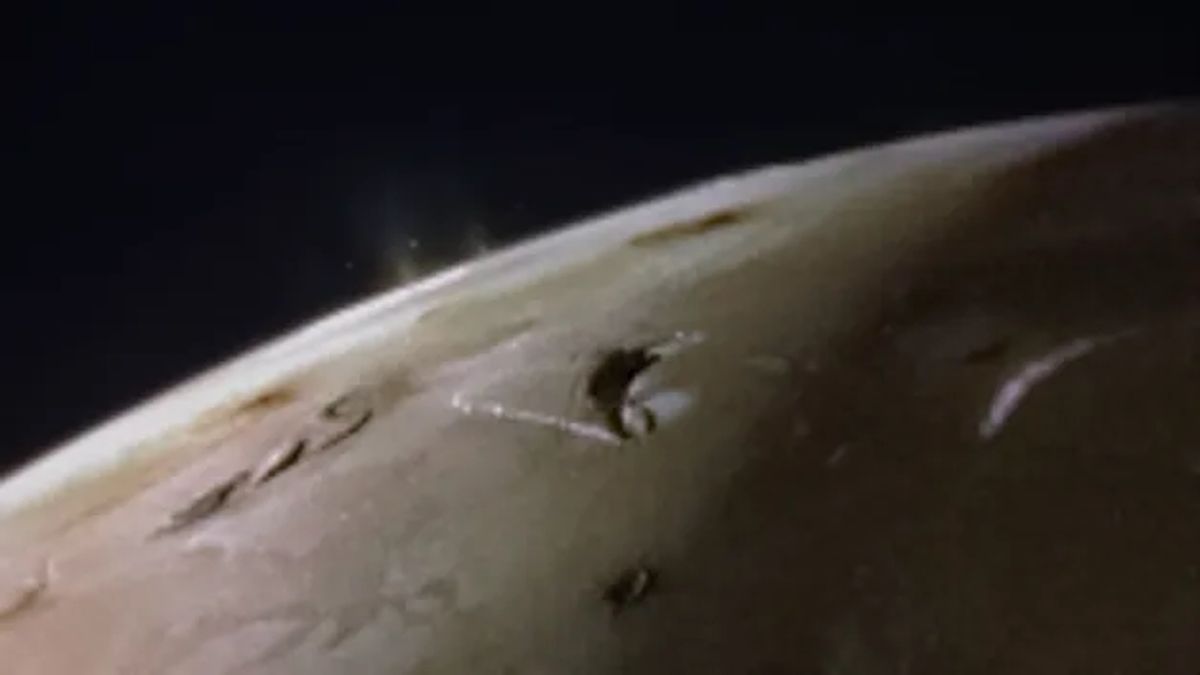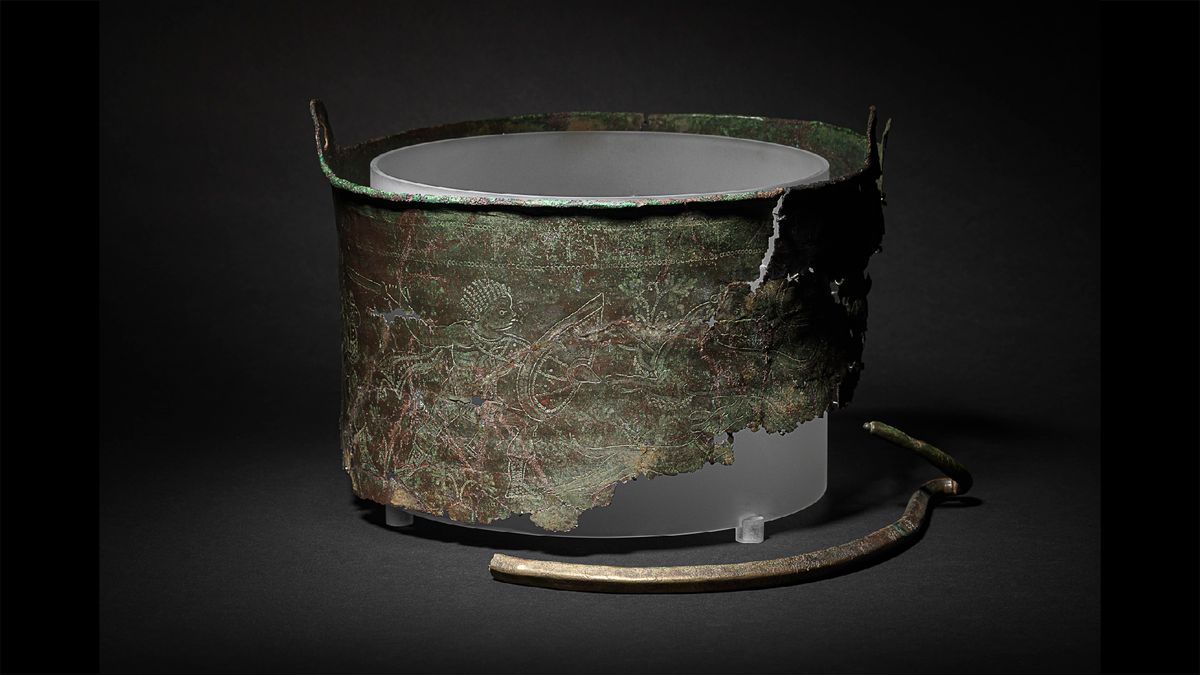A frilly little desert moss can survive freezing conditions, dehydration and enough radiation to kill a human 1,000 times over, scientists have discovered.
This moss, named Syntrichia caninervis, lives in harsh environments across the planet, from the Mojave Desert to Antarctica. Now, a new study finds that it could survive in even nastier conditions. When subjected to a week in an environment like the surface of Mars, the researchers found that the hardy moss could bounce back.
Its survival abilities may even outdo those of tardigrades, microscopic “water bears” that can live in the vacuum of space. The moss is better at handling heat — and can survive even higher doses of radiation — than tardigrades, the researchers said after subjecting the little moss to multiple ought-to-be-fatal indignities.
“Our study shows that the environmental resilience of S. caninervis is superior to some of [the] highly stress-tolerant microorganisms and tardigrades,” study researchers Daoyuan Zhang, Yuanming Zhang and Tingyun Kuang, of the Chinese Academy of Sciences (CAS), wrote in a statement. The researchers published their findings July 1 in the journal The Innovation.
The team collected the moss from the Gurbantünggüt Desert in northern China. They first subjected samples of the moss to near-complete air-drying. Though the dried moss shriveled and turned black, it returned to full springy greenness within 20 seconds of rehydration. After 99% dehydration followed by rehydration, the moss returned to full photosynthetic capacity within two minutes, the scientists found.
The moss also showed remarkable resilience against cold: After 30 days of immersion in liquid nitrogen at minus 320 degrees Fahrenheit (minus 196 degrees Celsius), the moss could recover and grow new branches. It could also survive for at least five years at minus 112 F (minus 80 C). While the moss rebounded fastest if it was dehydrated before freezing, it could also survive these conditions if frozen without being dried first.
Finally, the researchers zapped the moss with massive amounts of gamma radiation. They found that the moss could survive up to 4,000 gray of ionizing radiation without much trouble. For comparison, 4 gray is considered a fatal dose of ionizing radiation for humans. (A dose of ionizing radiation is considered fatal when it kills half of those exposed to it.) For S. caninervis, the fatal dose is 5,000 gray. Even the hardy tardigrade tops out at 4,200 gray, the authors wrote.
The moss can also handle hits from multiple stressors at once. The researchers put samples in the CAS Planetary Atmospheres Simulation Facility, which mimics the atmosphere of Mars in surface pressure, temperature, gas makeup and radiation. After seven days in this environment — mostly carbon dioxide, with temperature swings ranging from minus 76 F (minus 60 C) to 68 F (20 C) and hazardous levels of radiation — the moss still bounced back, recovering and growing new branches after 15 days back in Earth-like conditions.
The findings suggest that the moss could be used in attempts to terraform Mars by introducing plants that can survive its harsh environment and create a more Earth-like surface and atmosphere, the researchers wrote.





